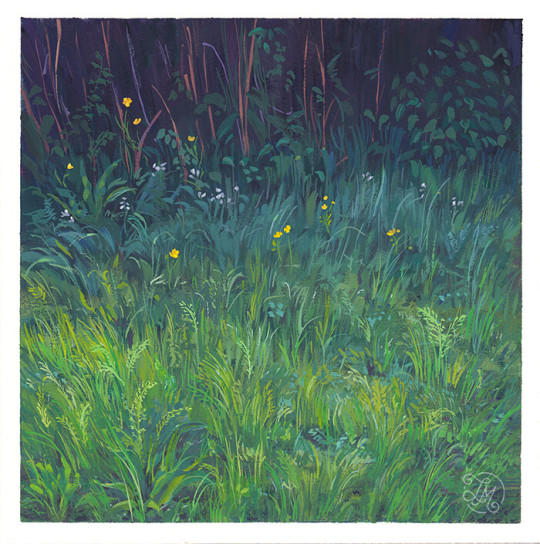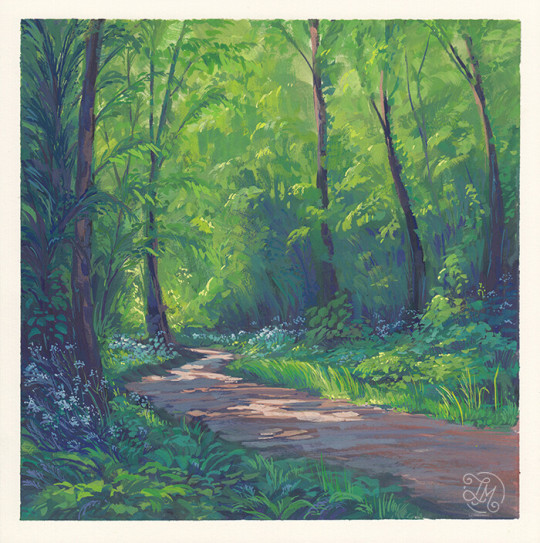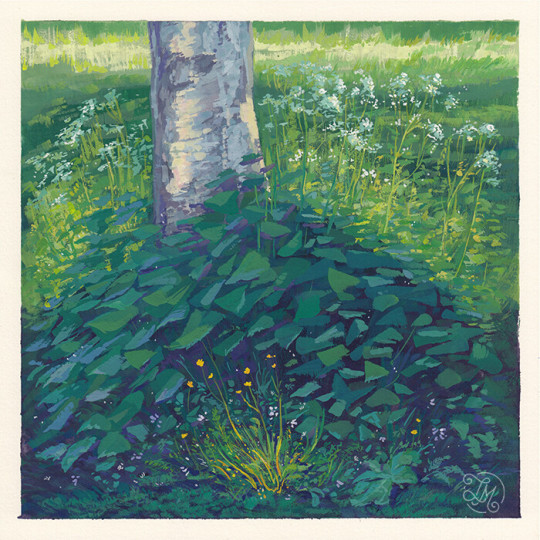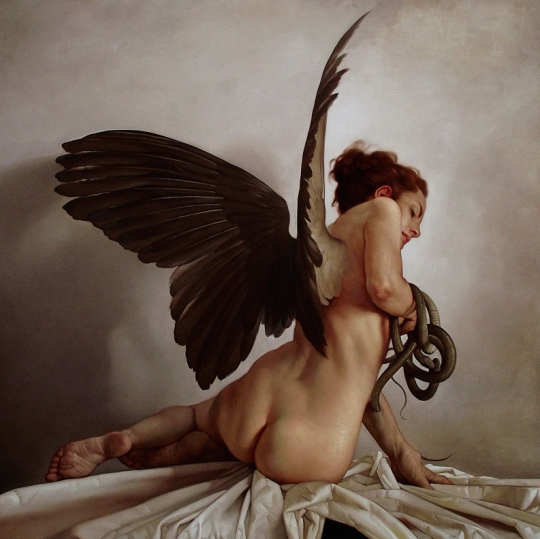Photo

Queen of the Night.
Austrian illustrator, Mila von Luttich (1872-1929).
22K notes
·
View notes
Text





My recreation of the unicorn in captivity tapestry, finally!
[please click on the photos for better quality]
138 notes
·
View notes
Photo





Typerwriter image: Photo by Luca Onniboni on Unsplash
Notebook image: Photo by Bookblock on Unsplash
Keyboard image: Photo by Stacy Barnes on Unsplash
Other images are mine.
I know a lot of people are bored and have no inspiration so I thought maybe I could help??
I’ve given this a week to spread around. I know some people may be doing April NaNoWriMo so feel free to ignore this, or include it.
I no idea on a name for this, but feel free to take the two of my images, just maybe tag me so I can keep track of how far this goes, it would be great if I could get maybe 10 or so other writers to take part
I thought it might be fun for people to experiment with different types of writing and also to take a break from your current WIP.
The 13th-19th week is a bit different. I would love to see writers working together to produce something, but I am also aware that may not be possible for everyone, so I put flash fiction there too, so you have a choice :)
Feel free to take photos, upload writing etc, create ask games, whatever you want to do during this period. Also feel free to tag me!! I’d love to see what you work on!!
This is also open to anyone who wants to create comics during this period. If you can tie it in with the theme, do it!!
I will also be trying to do this.
Let’s unite some writers and support each other during this hard time.
141 notes
·
View notes
Text
25. Project Gutenberg : lots of free classical books and literature
26.Scribd : offering free 30-day trials with no strings attached.
Covid19 Entertainment Masterpost
The Met Opera is releasing a full recording per day.
Feature film archive
Open library
MS-DOS Games
The Live Music Archive
Ephemeral VHS collection
Berlin philarmonic
Museums
Peaches the Mouse by @my-darling-boy
450 Ivy League courses
Natasha and Pierre, King Lear with Anthony Hopkins and Much Ado About Nothing with Tennant and Catherine Tate
Learn Ancient Languages
Live stream from Monterrey Bay’s Aquarium via @hummingbird-hooligan
Project Gutemberg via @sailoreuterpe
Bob Ross on twitch! via @ponteh2dhh1ksdiwesph2tres
Classic moomin! They keep uploading episodes! via @flashbcaks
Filmed on stage via @insanityclause (not free and US use only)
Documentaries! via @vixiano
More retro games via @tickyette
Logic puzzles via @tootransforthis
The Berlin Opera is doing it too via @inkyhands-starrynights
Jstor is open! Go read some articles!
Fundamentals of animation online course by Aaron Blaise is temporarily free via @imdumby
San Diego Zoo! via @fidothefinch
70K notes
·
View notes
Note
Liza!! Happy STS! are there any character traits you find that you give a lot of your characters? + how have your characters changed between when you got the initial idea for them and when you actually started developing them?
Happy STS!
I’ll say that I used to give a lot of my characters excellent intelligence, because middle school + early high school me didn’t want my characters to be idiots. Now, I find myself giving characters some intelligence (booksmarts, problemsolving etc.) but a lot more sparsely since it’s so fun to write dumbasses. (Also not really a trait but a lot of my characters like to read/write/some kind of literary activity for a reason i don’t quite understand and a habit im not willing to change)
A lot of my characters went through a lot of drafts, since i’ve been working on these suckers for like 3+ years (some of them even longer than that).
Harmen, for example, started out as a 13(?)-year old king (baby) with big wings big horns, really messy hair, and a crybaby personality. As I developed him, I cleaned him up a bit, physically (he has a lot neater hair, smaller horns, and unfortunately no more wings) and emotionally (kind of, he just hides a lot of his true emotions). Westra, on other hand, has always been the way she is and that won’t change any time soon.
Thank you for the ask! :)
3 notes
·
View notes
Note
How's writing going? :)
It's really not going tbh. There's too much to do with homework and stuff and I've been too tired to make any real progress :(
Though this is a good reminder for me to try and write today, though. Though I have a lot of math....
#:(#im really sorry to anyone who's ever tagged me in last line tags#i wish i could participate but i have nothing to share#ask#about me
1 note
·
View note
Text
The one minority group I have no idea how to write about?
THE ONE PERCENT
195 notes
·
View notes
Photo







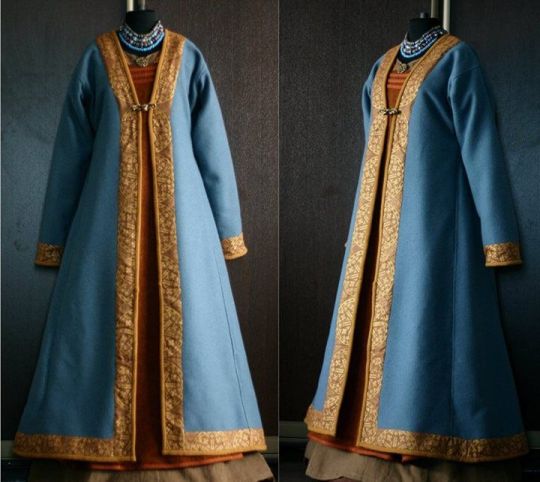
Viking dresses by Savelyeva Ekaterina
112K notes
·
View notes
Text
being torn between “it needs to be in character” and

67K notes
·
View notes
Text
Things to do as a famous writer;
Make a “fan blog” of ur book of Tumblr and stalk ur fandom from within.
Go to a book store, find ur books, sign a copy, then leave.
Write purposefully bad fan fiction of ur book and post it anonymously.
Buy a copy of ur own book and write commentary in the margins, then sell it online.
Cosplay ur own character to a con, don’t let anyone know it’s you.
Using your “fan blog” befriend another fan online. Ask them to video chat you, record their reaction.
Draw purposefully bad fan art and post it anonymously.
Read ALL of the fan fiction of ur book, then declare random ones you like as cannon in the comments.
Talk to aspiring writers online or at schools and encourage them.
Become a beta reader for one of ur fans.
Hold long in depth conversations with a fan who doesn’t recognize you, disagree with everything they say.
Ask to talk a picture with people who recognize you on the street before they have a chance to ask you first.
Anonymously commission artists to draw ur characters, then surprise them by posting it to ur “official blog.” Make sure you credit them so you draw more attention to their amazing artwork!!!
Tease ur fans about the next book coming out.
Tell ur fans a character is gonna die in the next book, but not say who. Watch them squirm.
36K notes
·
View notes
Text
Got a cool idea for a story? Now break it. (Guest post by Hugh Howey)
Today’s writing tip comes from Hugh Howey, the New York Times bestselling author of the Wool series.
_________
The next time you’re brainstorming for something to write about, try this handy dandy trick. Not only does it help with originating new plots, it’s a great way to take an existing story idea and kick it up a notch. Before I explain the trick, a note about what drives a great story forward.
You may already be familiar with the concept that tension is key for every story. Tension is what ushers the plot along. If you find yourself confused about what happens next, it’s because your characters have lost their motivation. There’s nothing ratcheted up in their world. It’s like a clock that has worn down and needs winding. That’s why you need tension. Whether it’s internal angst or whizzing bullets, a sense that something is wrong will keep you engaged to your characters (and in turn keep your readers engaged to your writing). The trick I’m about to discuss takes this age-old advice about tension, and allows you to craft a world brimming with it before you set down the very first word.
Here’s the trick: When you come up with an idea for a story, the very first thing you should do is take that whiz-bang idea and break it. Turn it on its head. I’ll give you a few examples, and in each one, I want you to pay close attention to where a writer could easily stop and craft a new world or a fascinating character, but where I’m urging you to go a step further, break these conventions, and come up with a story idea that will write itself, one that’s so full of tension the author’s job is simply to follow along as the plot unwinds like a coiled spring.
In brainstorming for HALF WAY HOME, my initial idea was to come up with a method for colonizing distant planets. My solution was that sending living and breathing people would be too expensive (they have to eat, and they generate waste). So what if they were sent as fertilized eggs and grown in vats after they arrived? That was the genesis of the story. It was a cool idea, but not much more than that. There wasn’t any tension. If I told that story, it would simply be a dry account of people settling a foreign planet. Cool, in a geeky way, but not a book begging to be read.
“Breaking” the story entailed thinking of ways the settlement could go wrong. What if not all planets were okay to colonize once the ship arrived? What if a computer had to make a decision on whether or not to land and set up base? What if, out of the thousands of such colonies sent out among the stars, there was one planet where this decision was impossible to make, and the computer vacillated back and forth until it went crazy? What if this colony was half-aborted before it even began, and the people growing in vats were awoken as teenagers with only half of their training and most of their comrades dead? That’s a lot of tension. The story begins to write itself.
Before I write my first sentence, I break each concept as much as I can. I did the same for THE PLAGIARIST. The original idea was that one day we would simulate worlds with such fidelity and clarity that the organisms living within them would evolve language, art, and feel that they were alive and real. Some of us would then log into these worlds and steal virtual art, bring it back into the world, and sell it as their own. That’s the baseline. It’s just a cool idea, but without tension. Well, what if one of these art thieves fell in love with a girl on a simulated world? What if he stopped caring about the art, stopped caring about his real life, and simply wanted to live among these digital denizens?
I didn’t stop there; I kept breaking. Suddenly, his only romantic relationship in the real world is with a girl he’s never met. It’s a relationship over a computer with a real person, while he has a relationship within a computer with a fake one. And more: The world in which his lover lives is set to be destroyed. Here’s where we start the story. We don’t begin with a cool idea and wind our way up to it. We start with a mess and a nightmare — allow the reader to slowly discover what is going on — and then allow the story to unwind from there.
The same is true of WOOL, the short story that allowed me to quit my day job and has sold nearly half a million copies, landing it on the New York Times bestseller list. I began with a source of tension. I didn’t simply tell a story of people living underground in a vast silo; I began with a sheriff exiling himself, a good man walking off to his death. While the reader is catching up and learning the rules of this place, someone is setting off to die and thinking of his departed wife. No buildup. You begin with the world broken and breaking. Put the action and mystery in the very first sentence and beg the reader to strap in and hold on.
All of my story ideas start in this fashion. When I decided to write about zombies, I began by assuming that the zombies still retained all of their memories and emotions, but that they couldn’t stop themselves from eating people. I told the story from their perspective, a completely different perspective. If I was going to write about a world in which magic existed, I might begin by assuming that one day, everyone woke up to discover that magic no longer worked. If I was writing about a secret garden in which fairies lived, I would write about what happens from their perspective when a human stumbles into their world, not a story from a human perspective as they stumble upon fairies. And then I would take those ideas and break them further. What if there was only one person on that formerly magical world who still had their powers? How would the world treat them? What would they do with those powers? How would everyone else feel to have lost their abilities?
The same is true of characters. Don’t plop people into your stories who are normal and whole. Real people aren’t like that! Just as worlds are normally messy and broken, so are those who live in them. They’re more interesting, too. Give them a disability, an old wound, a history of hurts. Give them a goal they can’t possibly hope to accomplish. Imbue them with flaws and mysterious pasts. And when you think you’ve broken them sufficiently, break them some more!
Your story should be about putting pieces back together, not wandering along, looking for something to go wrong. If you give this a try, you might find that the plots write themselves, and that readers are sucked in from the very first line and discover that they can’t let go.
724 notes
·
View notes
Photo

Masque Of The Red Death
An illustration from a 1919 edition of Tales of Mystery and Imagination by Edgar Allan Poe by the Irish artist and illustrator, Harry Clarke.
“He had come like a thief in the night. …And Darkness and Decay and the Red Death held illimitable dominion over all.” - Edgar Allan Poe
184 notes
·
View notes
Text
Good Tropes™
[Orders enough food for several people] and whatever you guys want
‘Sorry I’m late’ ‘You’re right on time’
Two characters having a conversation while on opposite sides of a wall/door
The hero is snooping some place they shouldn’t be and is about to get caught. The baddies enter and the room is completely empty. Bonus points if they then show the hero clinging to the ceiling
Someone turning up in the nick of time to save the heroes in a car/plane/spacecraft/etc and asking ‘need a ride?’
Someone tells a (true) story and it is later revealed they were one of the people in the story
‘Get down!’ *tackles them to the floor*
‘Hi [name]’ *immediately begins escorting them out of the door/hangs up on them* ‘bye [name]’
Character walks past a doorway and sees something strange, carries on walking for a few steps, then realises what they just saw and backs up for another look
Someone charges at another character who dodges it by calmly stepping to the side. Bonus points if the charging character carries on through a doorway
A has been delivering a monologue for quite some time and when they are finished B slowly blinks and says some variation of ‘I don’t understand a word you just said’
New character meets the Team for the first time, who are being their usual absurd/intimidating selves, and asks ‘who the hell are you people?’
Everyone has to leave the restaurant/bar/coffee shop and one character frantically tries to finish their food/drink before they go
’[Name], I presume?’
Random character discovers some important new evidence and has to race to find the other characters to tell/warn them in time
Dramatically putting up or taking off their hood
[Badass declaration]. Any questions?
That one character who is always coming up with new slang words and hoping they will catch on
‘My friends call me [nickname/shortened name]. You can call me [full name/title]’. Alternatively, ‘you may not call me anything’
A and B are together when A’s phone rings and they answer it. After a beat they hold it out for B and say ‘it’s for you’. Bonus points if the caller had no way of knowing A and B would be together. Alternatively, bonus points if B didn’t answer their own phone because they don’t want to speak to the caller, prompting them to phone A instead
B comes to A’s house and knocks on the door. When A answers it, they barge straight in and start talking, leaving A still standing at the door and prompting them to say ‘please. Come in’
Someone tries to shoot the character but misses and hits their hat or something instead, so the character gets angry and is like ‘that was my favourite hat!’
Character wants to know the time so they grab their friend’s wrist to check the watch they are wearing
Character begins speaking about a traumatic event that happened in the past and cuts themselves off to rephrase so they won’t have to say the specifics of the event eg. ‘after he - …after what he did’
After a tragic event, the token evil teammate/morally ambiguous ally starts helping the gang and becomes one of the good guys full time
13K notes
·
View notes
